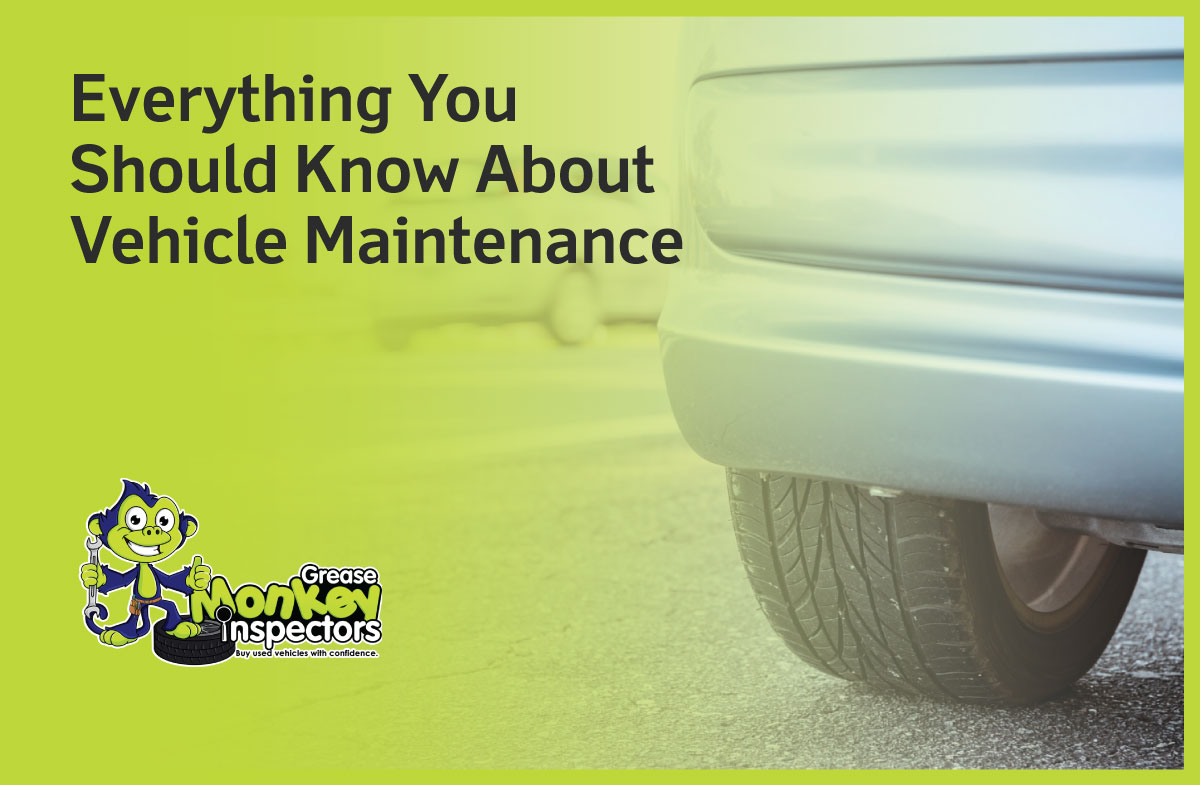When buying a used car, there’s always a risk of unexpected issues. How can you be sure the vehicle is in good condition? Are you getting a fair deal, or will you face expensive repairs later on? This is where a Pre-Purchase Car Inspection can make all the difference.
At Greasemonkey Inspectors, we believe a Pre-Purchase Car Inspection is an essential step in the car-buying process. Whether you’re considering a vehicle from a dealership or a private seller, having a professional inspection can save you time, money, and potential headaches. Our onsite service ensures that you get a thorough assessment of the vehicle before making a decision. Visit our website here to learn more.
What is a Pre-Purchase Car Inspection?
A Pre-Purchase Car Inspection is a comprehensive evaluation performed by our certified automotive experts. We examine the vehicle to uncover any hidden issues or previous damage. From inspecting the brakes to assessing the engine, we cover all aspects that a visual inspection might miss.
Greasemonkey Inspectors provide a thorough examination, ensuring that your potential new vehicle is safe, reliable, and worth the investment. As specialists in Pre-Purchase Car Inspection in Ontario and Pre-Purchase Car Inspection in Canada, we ensure you make an informed decision.
Key Components of a Pre-Purchase Car Inspection
A Pre-Purchase Car Inspection involves several critical checks to ensure the vehicle’s condition:
- Mechanical System Check: We examine the engine, transmission, and other mechanical systems for any issues.
- Brakes and Tires: Our inspection includes checking the condition of the brakes and tires to ensure safety.
- Fluid Levels: We inspect essential fluids like engine oil and brake fluid to confirm the vehicle has been properly maintained.
- Visual Inspection: A detailed visual inspection helps identify any cosmetic issues or signs of past accidents.
- Functional Components: We test the functionality of essential features, such as windows, air conditioning, and belts.
Our inspection services cover all these aspects, providing you with a detailed report that includes potential repairs and our expert feedback.
Why Choose a Pre-Purchase Car Inspection?
Peace of Mind
Investing in a Pre-Purchase Car Inspection with Greasemonkey Inspectors offers peace of mind by giving you a clear understanding of the vehicle’s condition. Our certified technicians will identify any existing or potential issues, helping you avoid unexpected repair costs and ensuring the vehicle’s safety and reliability.
Identifying Potential Issues
Our detailed inspection can reveal problems that might not be immediately visible. From minor repairs to major mechanical issues, identifying these concerns before purchasing allows you to make a more informed decision and potentially negotiate a better price.
Avoiding Costly Repairs
Avoid unexpected expenses by discovering any costly repairs needed before you buy the car. Our independent inspection highlights any major repair needs, saving you from financial surprises down the road.
Price Negotiations
With a comprehensive inspection report from Greasemonkey Inspectors, you can negotiate the price more effectively. If we find minor issues or overdue maintenance, you can use this information to request a lower purchase price or ask the seller to address the problems before completing the sale.
The Pre-Purchase Inspection Process
Our Pre-Purchase Car Inspection process at Greasemonkey Inspectors is thorough and detailed:
- Initial Check: We verify the Vehicle Identification Number (VIN) to ensure it matches records.
- Visual Inspection: We examine both the exterior and interior of the vehicle for any signs of damage or wear.
- Mechanical System Check: We assess the engine, transmission, fluid levels, brakes, tires, suspension, and steering components.
- Electrical and Safety Systems: We test all lights, indicators, safety features, and electronic systems.
- Road Test: Our road test evaluates the vehicle’s performance, handling, and any unusual noises.
- Detailed Report: We provide a comprehensive report with our findings, including photographs and repair estimates.
How Much Does a Pre-Purchase Car Inspection Cost?
The cost of a Pre-Purchase Car Inspection in Canada varies based on the vehicle type and location. At Greasemonkey Inspectors, our inspections start at competitive rates. Our service includes an appointment with the seller, travel to the inspection site, a government-certified inspector, a detailed 170-point inspection, and a post-inspection review. For precise estimates, visit our inspection packages page.
Is a Pre-Purchase Car Inspection Worth It?
Absolutely. A Pre-Purchase Car Inspection is worth every penny. By investing in this service, you ensure that your purchase is a reliable and well-maintained vehicle. It helps you avoid costly surprises, make informed decisions, and negotiate better deals. With Greasemonkey Inspectors, you can proceed with confidence.
Book Your Car Inspection Today
At Greasemonkey Inspectors, we offer convenient mobile Pre-Purchase Car Inspection in Ontario and throughout Canada. Our expert team provides thorough inspections at your preferred location. Whether you’re buying from a private seller, dealership, or any other venue, we’re here to help. Schedule your inspection and drive with peace of mind.










